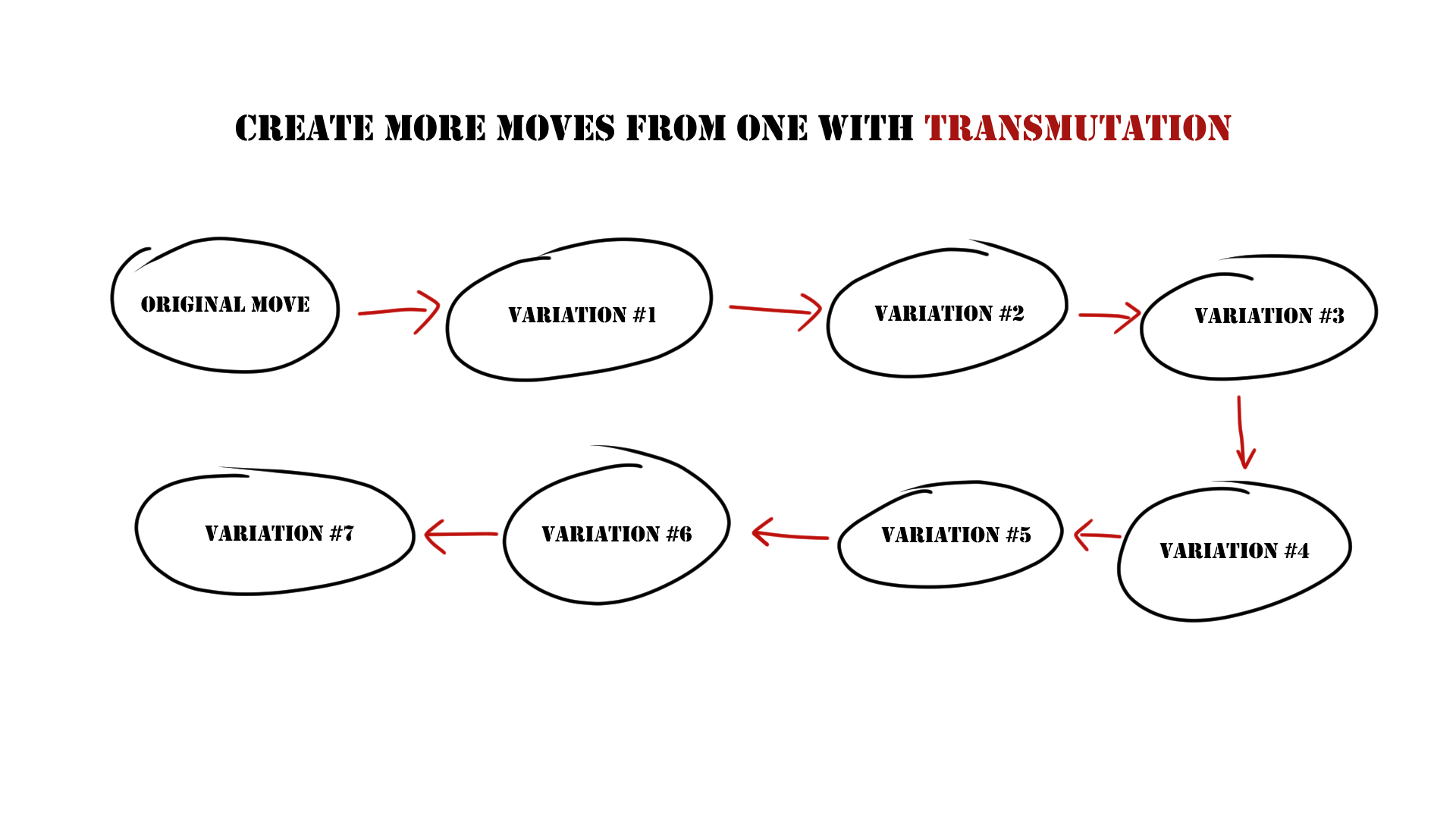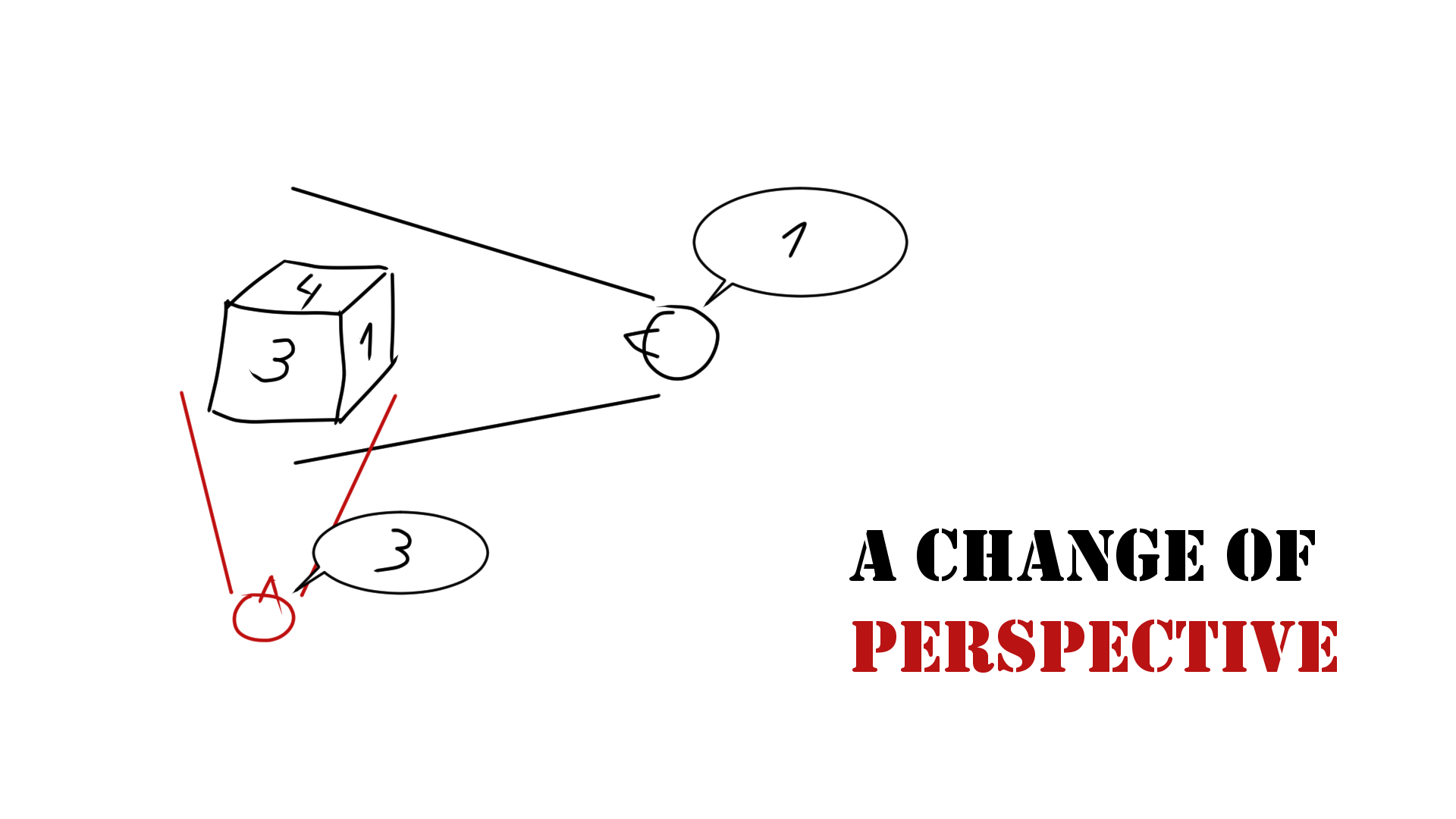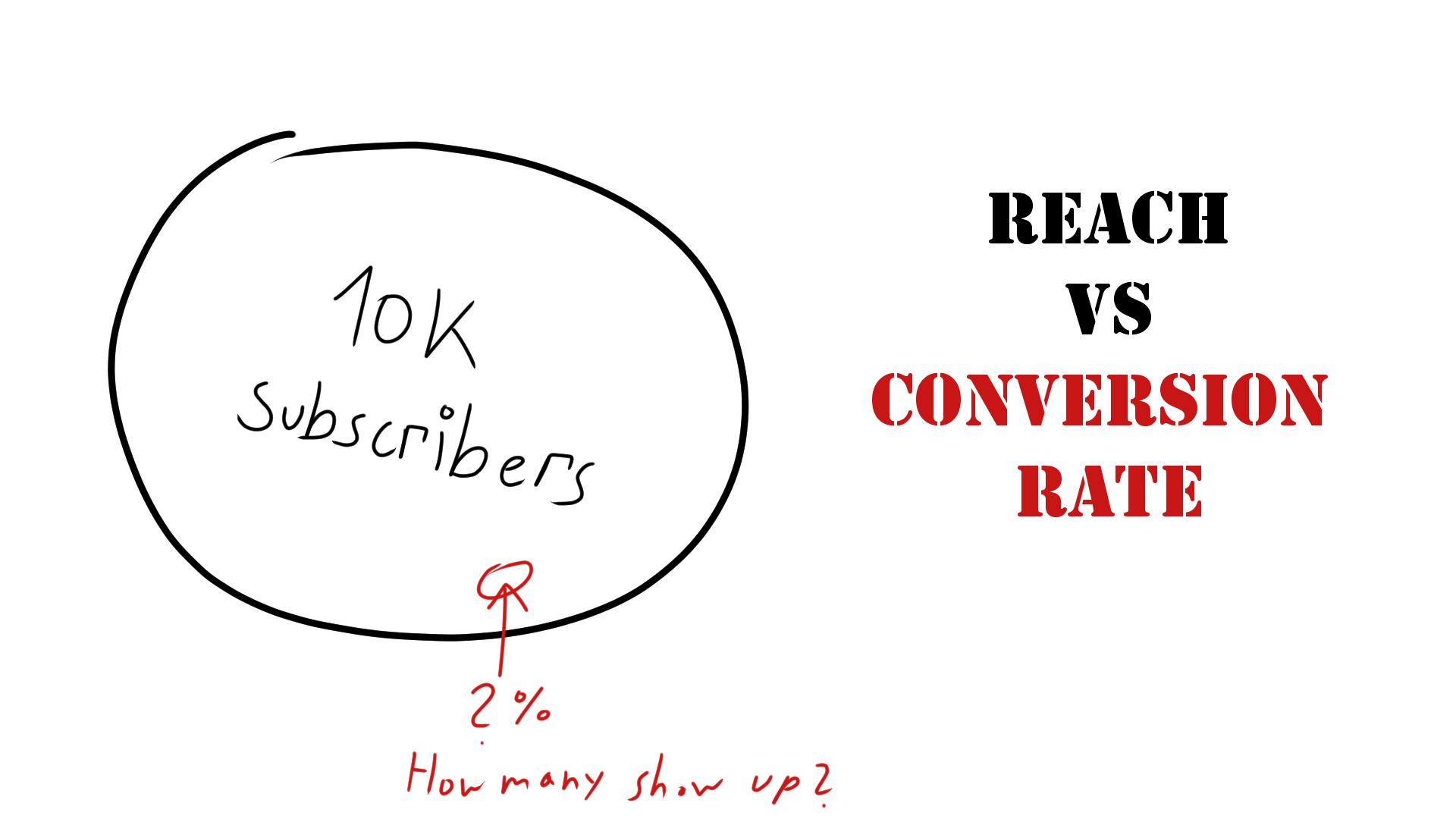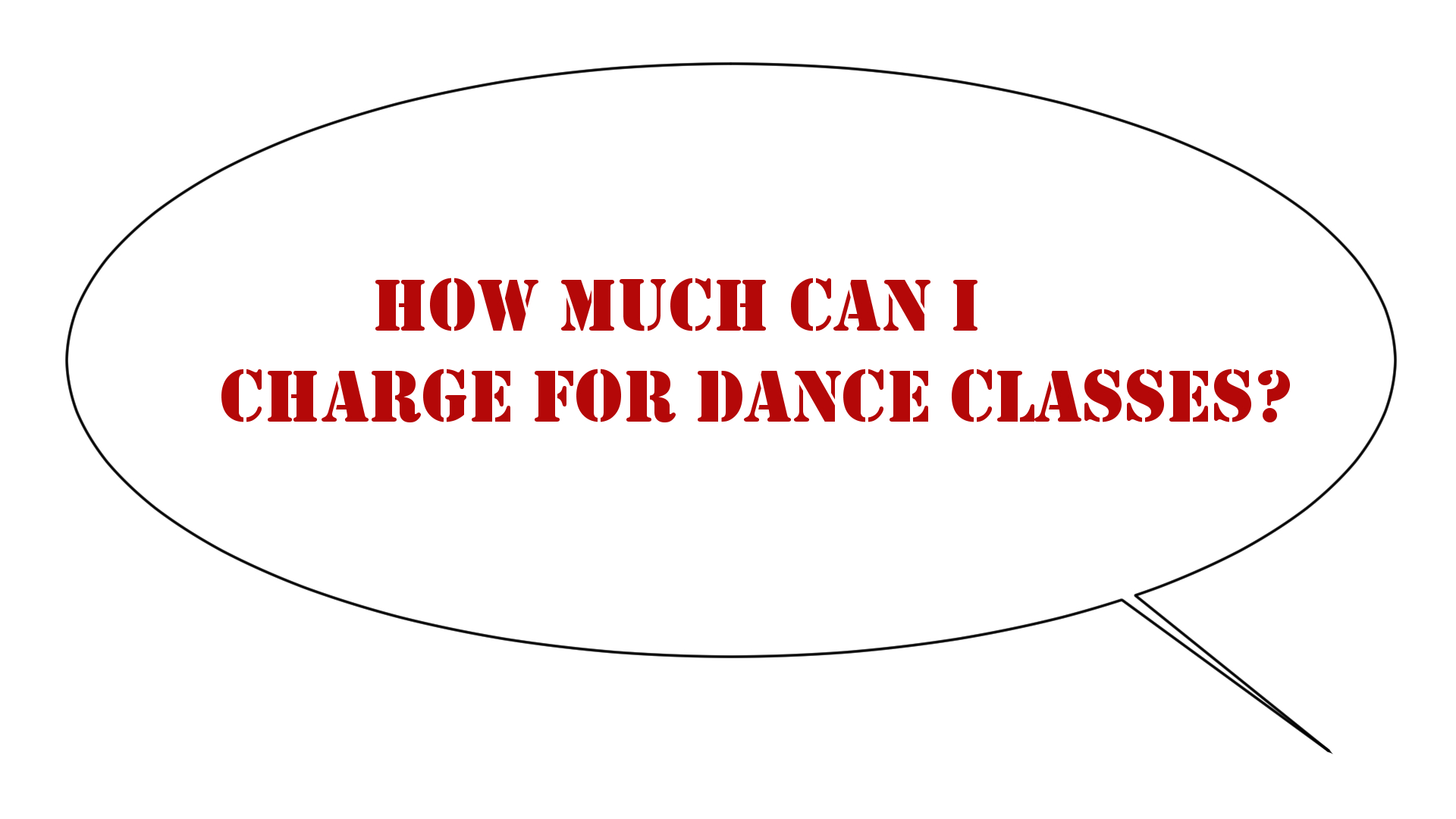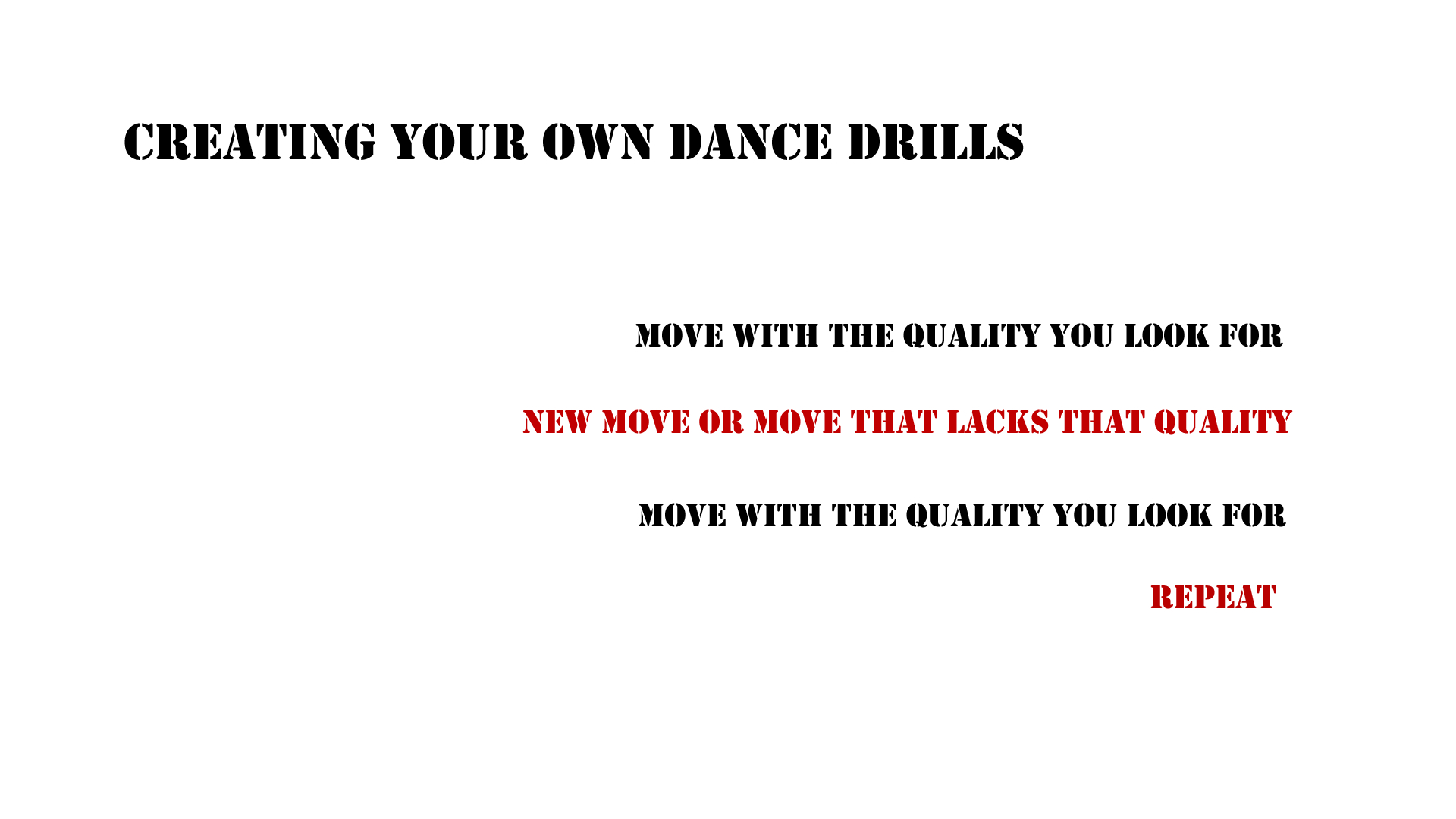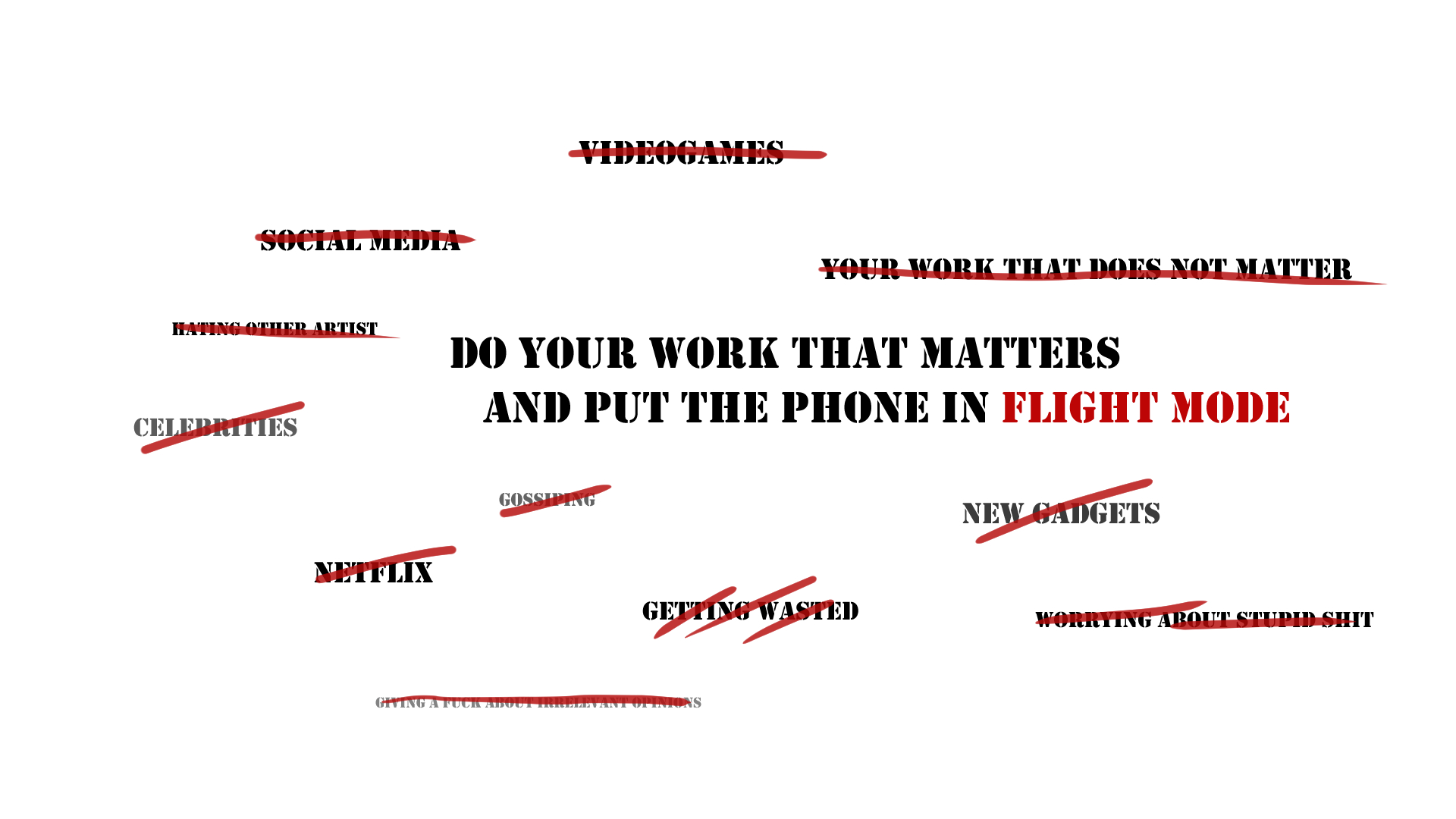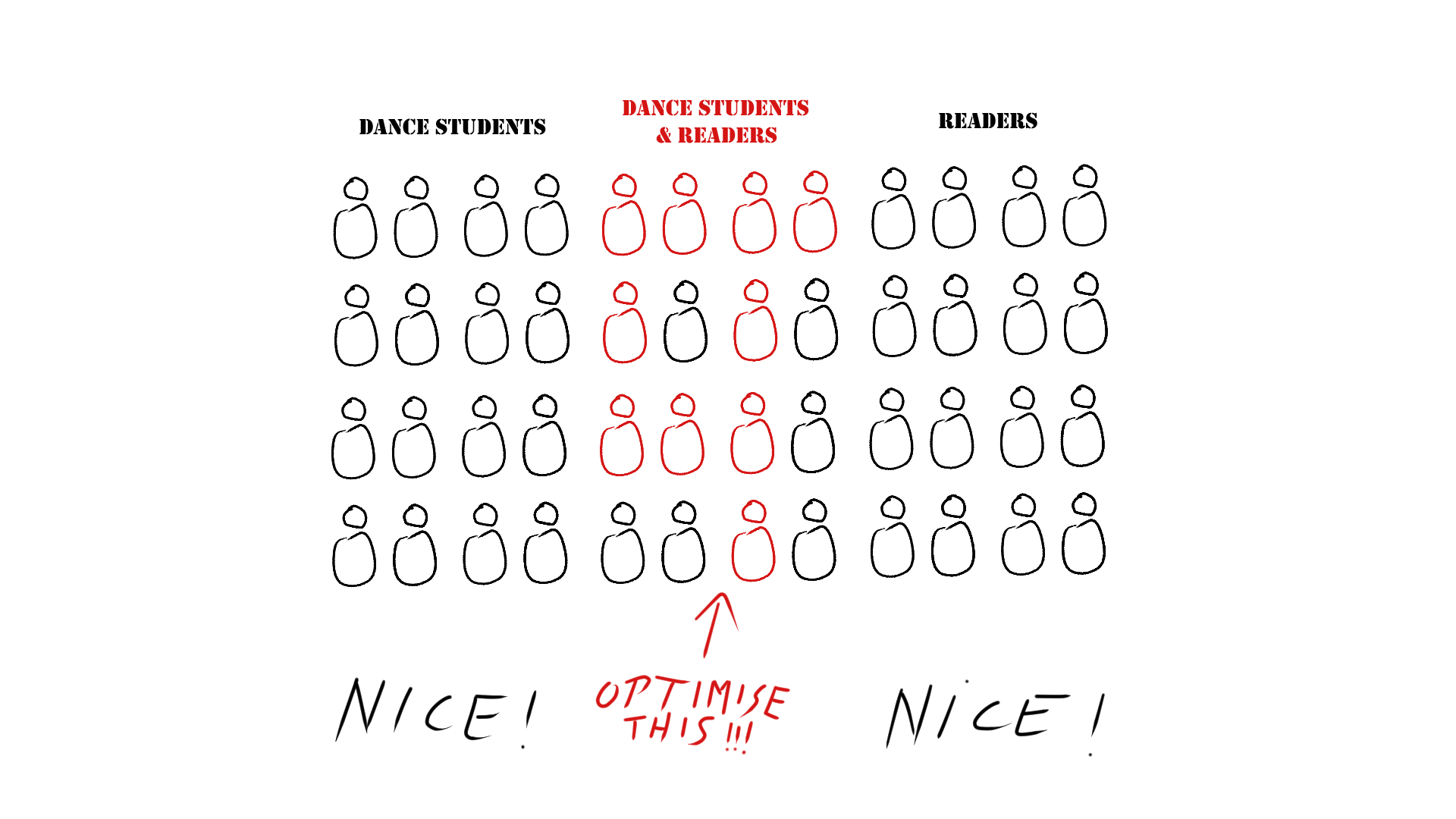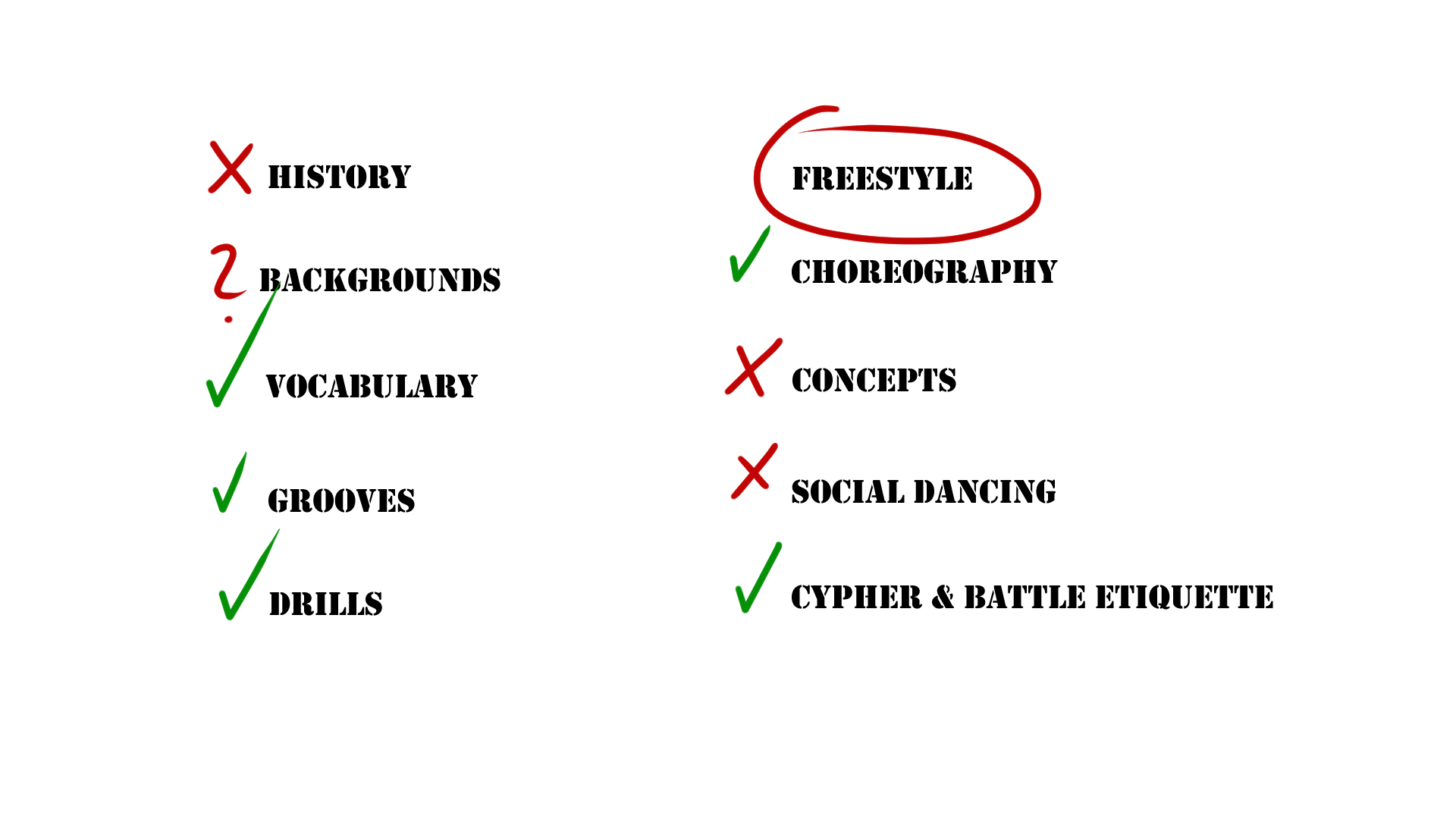Defining your prices is simple, but not easy. Today I will tell you how to answer, “What can I ask for when teaching at a studio?” or “How should I price my classes.” There are some things to take into consideration, but when you know them, the math becomes easy. Everything below is my way of deciding prices, and there are a lot of other opinions out there. I explain at the bottom why I choose the prices like that.
Prices when you teach at a
studio
Most studios want to pay their teachers an hourly fee or fee per class. That is common practice in a lot of countries and not per se a problem. It becomes a problem when the payment is low, and you pay your taxes from them.
In the area
where I teach a lot of studios want to pay 30 per hour. That sounds okayish at
first, but when you consider the social insurance for freelancers and tax in
Austria, which starts at around 36%, you net slightly below 20 per hour. That
might be fine for someone who starts to teach, but it is a dumping price for
anyone skilled and experienced with teaching.
The rule of
thumb that I recommend using is that when you earn less than double per hour of
a regular office job, don’t even consider taking it. Feel free to ignore that
advice if you really want to teach or build your references. I tell you this
intending to do sustainable business and teaching 20 hours a week to earn a
living will burn you out sooner or later. Aim for a price that is around four
times what you would make in a day job. That is between 40 and 100 per hour,
depending on your qualification and experience. That leaves you with 25 to 64
per hour after tax (Best case, when your income rises, your taxes do too. Talk
to an accountant to check the regulations in your country).
These are
the things to have in mind when going for a price:
- Are you building the class from scratch, or are you getting a full classroom? If there are 20 people in the class, there is no reason to do it for a minimum.
- The prices the students pay to the studio.
- Are you responsible for advertising, are they or do you share that task?
- What do you need? Calculate your expenses, the time you have to earn your buck and check if it works.
But there
is a better option:
Try to get a base fee and a percentage of every student over a certain threshold. This gives you a secure foundation and ramps up when you are doing a good job, and everyone wants to join your class.
Prices when you organize
your own classes
A lot of people are doing their own courses. This approach has the potential to pay much higher than the other method, but you shoulder all the risk. You pay the rent for the studio, you do the advertisement, and you lose money if there are not enough students in a class. On the other hand, you keep all the money that is rolling in.
First, calculate your expenses for the class. Take the rent of the studio, add music costs (due to your local collecting societies – the AKM in Austria), add money for the fuel or public transport you need to get to the room and everything else that costs you, which is related to doing the class. Now you know how much money you need per class not to lose money. Considering the rule from above, you want at least 40 per class, after paying all the costs. How much do you need to make that 40? And more importantly, how many students do you need to make it.
For your
first calculation, take the average price of the studios around you. Just to
get a feeling for the situation. Then, decide if you want to be cheaper or more
expensive. If your price is more affordable, you will get all the students that
care about the price-tag only. That are potentially a lot of them. But you will
also get all the kids, who are sent to the class by their parents – without
really wanting to. If you are a better teacher than the guys at the other
studies, consider being more expensive. While you will have fewer students, you
will get those who really care and that makes the classes so much more
enjoyable.
As a rule of thumb: don’t go far below the prices and don’t top them by more than 50%. Ignore this if you have a reputation that reaches until far beyond the place where you teach.
All clear? Reach out in the comments, per mail or on social media if not.
My reasons for these price-tags
This passage was not part of the original post. I received some questions on social media, so I want to add the reasons below.
I use the measure of “what you earn at a day job” because most people need to work another job besides teaching in the beginning. And by using this as an anchor point, we try to avoid making our financial situation worse.
I don’t want you to consider jobs that pay less than double your hourly wage because it will not be a financial upgrade of your situation. You need to get there, which costs you time and money. That is usually not refunded from the studio. You also have additional hidden costs through teaching if you, for example, buy a snack when you would eat at home otherwise.
I recommend four times your wage as a reasonable price because it means if you teach two hours a day, it pays as much like a regular day of work. So every day you can teach for two hours, you don’t need to work a 9-5. This helps you to transition to a full-time dancer slowly or keep the job and earn double.
Ready to take your dance biz to the next level?
I wrote a book about the process of setting up your dance business in a smart way. If you found this article helpful, please consider buying The Dance Business Manual. It helps you succeed in the dance industry and lets me write more books.

